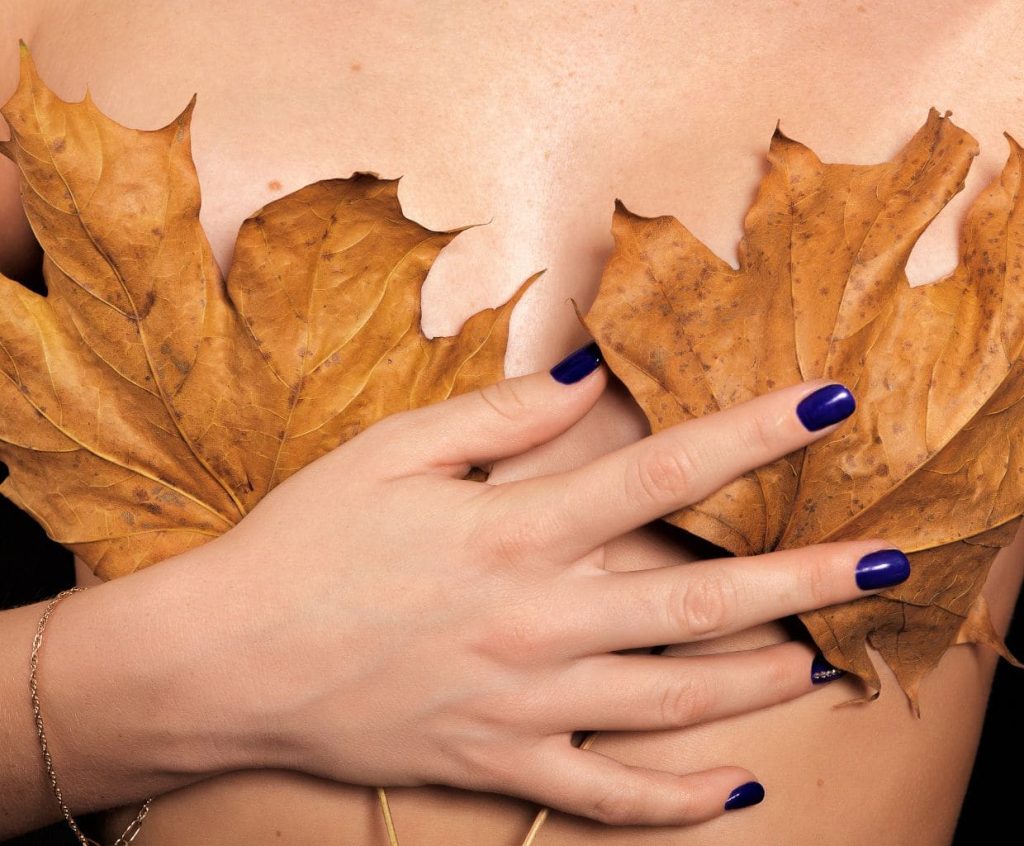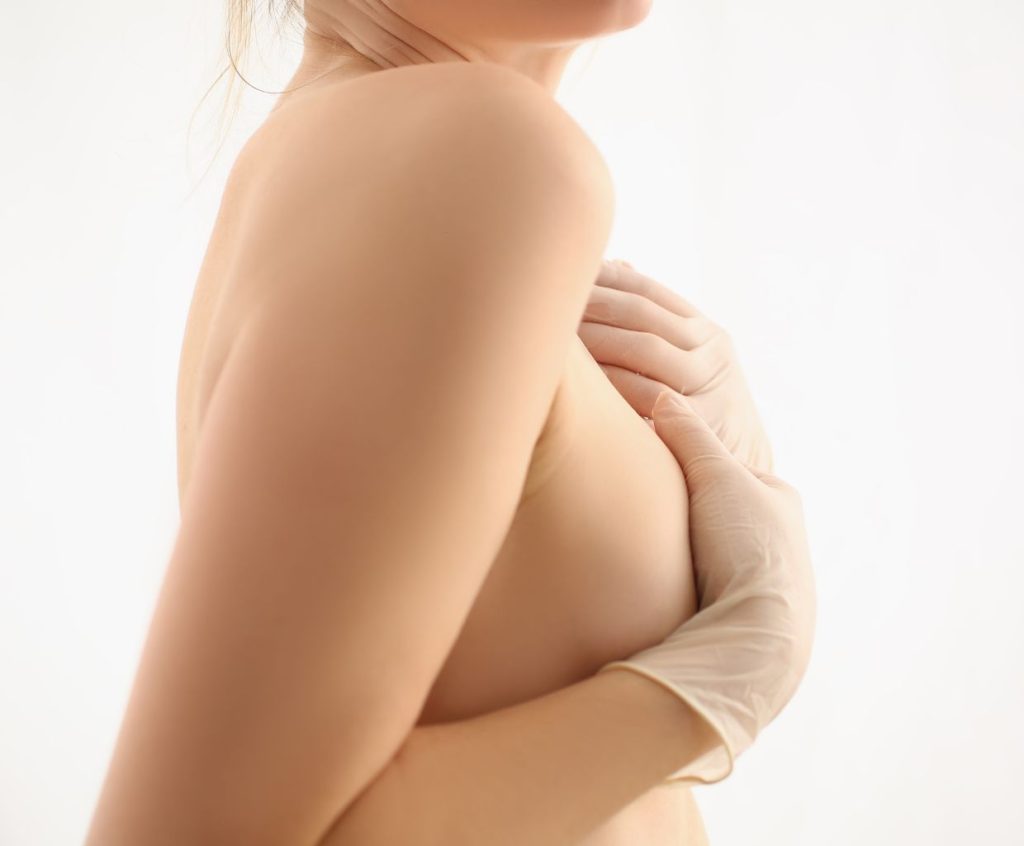3 Best Ways to Deal with Engorged Breasts
With your breast milk coming in (sometime between day three and day 7), you may also get engorged breasts as a side effect. When this happens, you may feel a sense of fullness and happiness to have a bustier chest [consider yourself lucky].
On the other hand, you may feel pain because your breasts are rugged, heavy, tight, and sensitive to touch. This is called engorgement [this is typical for women who have just had a baby]. Some women feel excruciating pain, to the point where it is almost unbearable [here, you can consider yourself unlucky!]
The good news is that your breasts will not be engorged forever. The pain and fullness should subside in about 4 or 5 days. Your body will determine how much milk to make based on how often your baby sucks and empties the breast of milk. In the meantime, you can use the methods below to ease the pain.
Engorged Breasts – tips
Wear a well-fitted bra. Ensure that the bra fits well, distributes the weight of your breasts, and doesn’t pinch or compress any part of your breast. Here, you can read more about nursing bras.
1. Cold packs
Place cold packs on and around your breast. You can use a flexible cold pack: cool it in the refrigerator, wrap a towel around it, and then place it on your breasts. If you do not have a cold pack, place crushed ice in a plastic zip-lock bag, wrap a towel around it, and place it on your breasts. The coolness will decrease the swelling and give you some relief. It would be best to do this after breastfeeding or in between feeding sessions. Please don’t do it right before feeding because the coolness can inhibit let-down.
No products found.
2. Hot packs
If it is near feeding time, you can ease the pain using hot packs on your breast. They can be a hot water bottle, an electric heating pad, or a microwaveable heat wrap. If you don’t have any of these, use a face towel soaked in warm/hot water or take a warm shower.
The warmth will cause some of your milk to flow, easing the tension and tightness in the breast. Plus – a warm shower is always lovely, with or without engorged breasts. You can hand express a little milk out so your breasts are not as complete. Again, this will release some of the tension and tightness in your breast. Do not use a breast pump to pump out all the milk from your breasts. This will cause your body to make even more milk because supply = demand.
No products found.
3. Cool cabbage leaves and quark
Some women find that placing cool cabbage leaves on their breasts makes them feel better. This home remedy is well established and works for many women. Buy a head of cabbage and store it in the refrigerator (you may also rip off a few leaves and store them in the freezer). Take two cabbage leaves and cut holes in the center.
Place these on your breasts with the nipples poking out of the holes. Please wear a bra over the leaves so they stay in place. When the leaves have warmed and wilted, replace them with fresh leaves. The coolness will give you relief. Some people think that cabbage has medicinal components that help relieve engorged breasts.
Another home remedy is quark (also called Topfen in Austria). Quark is a European dairy product similar to cottage cheese but smoother than yogurt. In English, it is sometimes translated as “curd cheese.” Make a poultice or compress with Quark and apply it to your engorged breasts. The coolness soothes the pain, and, like the cabbage leaves, some believe that the curd cheese has ingredients that help relieve the engorged breasts.
Oversupply syndrome
If breastfeeding a baby, it’s essential to know that some problems can arise when you have too much milk. If your breasts feel engorged and full after feeding, but your baby is still hungry, you may have oversupply syndrome. This condition may cause pain in the breasts and nipples, along with leaking or spraying milk.
It’s also important to note that your baby may not learn to latch correctly or drink from the breast if you have oversupply syndrome. If this happens, it can lead to nipple soreness and damage. If you have oversupply syndrome, you must talk to your doctor about options for treating the condition.
Some medications can help reduce milk production and relieve discomfort. Your doctor may also recommend a particular breastfeeding position or technique to help ease pain in the breasts and nipples.


